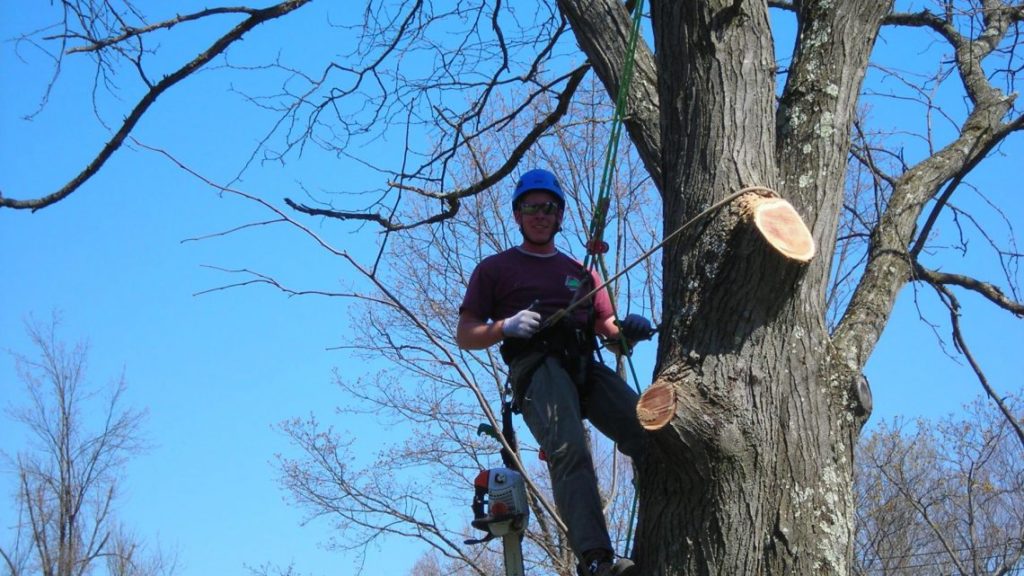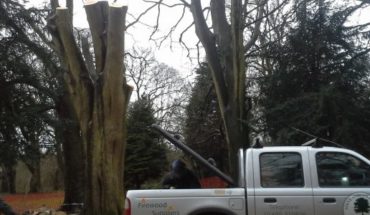It is an innate ability of the trees and green spaces to provide benefits and add value to developments. The trees have a great power to improve and maintain the quality of water, soil, and air as well as removing the pollutants from the atmosphere, hence, the air. Nature has created trees to provide shade and help lower temperatures especially during seasons of hot weather. This is the reason why tree surveys are important since they ensure that developments are being able to take good care of the tree landscape, hence, preserving these arts of mother nature provides positive effects on the image of developments and enhances their reputation and profits.
Trees that are being preserved in developments offer a great increase to the project’s total impression, monetary value, and marketability of a certain development in a specific area. The tree survey becomes necessary and needed when:
- There are alterations to existing properties. Hence, there is no extension of the area’s building footprint, there are no service lines available or there is no significant change of accessibility that is being proposed.
- If there are significant extensions to already built properties, thus, there is any necessary construction of ancillary establishments or if there are sudden changes on the accessibility.
- If there are new buildings to get built around the landscape area. Hence, it will need to conduct a survey of all trees standing on the site and withing 12 metes of the site’s boundary.

Like any other surveys conducted by experts and authorized personnel, there are certain pieces of information that needs to get recorded on a tree survey. One, you will have to consult and engage a professional arborist for this activity and refer to an authorized and expert tree surveyor. There must be a schedule allocated for your development to accompany your plans on identifying the trees by references to a specific reference number on the plan and on the tree itself while conducting the activity.
Certain data such as the following will get recorded by the authorized individual while surveying a tree on a certain area:
- The tree’s reference number
- The tree species by common and/or the tree’s specific scientific name
- The tree’s height in meters
- The tree’s stem diameter in centimeters such that it must get measured in 1.5m above the ground’s level
- The crown radii in meters (north, south, east, and west)
- The tree’s age class category whether it is young, semi-mature, mature, postmature, or veteran
- The tree’s psychological and structural condition such as:
- Category of high-quality trees with an estimated lifespan of at least 40 years
- Category of moderate-quality trees with an estimated lifespan of at least 20 years
- Category of low-quality trees with an estimated life expectancy of at least 10 years
- Category of trees that are already dead or not showing any signs of a significant, immediate, and reversible reaction
- The tree must have pre-survey management recommendations
- The tree must get categorized on the plan by color coding and through a scheduled letter, such that trees for removal and retention for trees.
- Specific hedgerows and substantial internal and/or boundary hedges which includes evergreen screens that should get recorded in a similar sense to the trees.




